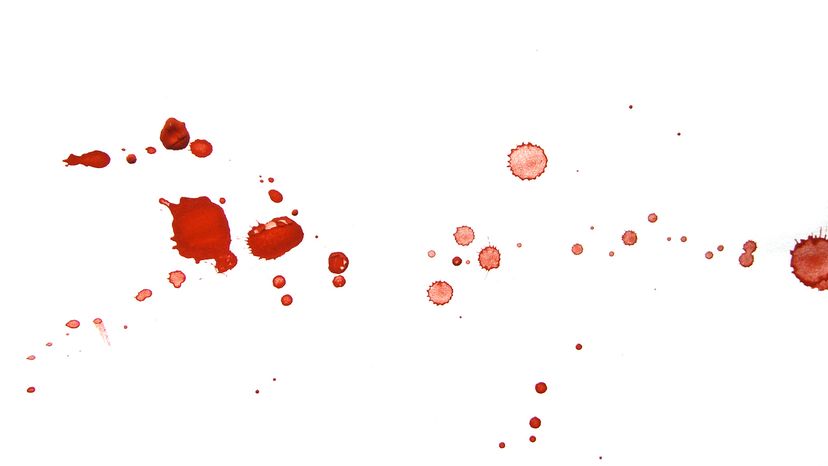Dealing with a blood stain on your clothes can be a daunting task, but with the right approach, it's entirely manageable. Whether it's a fresh spill or a dried spot, knowing how to treat different types of fabrics is crucial in effectively banishing those stains.
Washable Fabrics
Washable fabrics like cotton, linen and polyester can generally handle more rigorous cleaning methods. Here’s a step-by-step guide:
- Rinse in cold water. Flush out as much blood as possible.
- Apply a stain remover. A mix of liquid laundry detergent and cold water works wonders. For more stubborn stains, add a couple drops of hydrogen peroxide or make a paste with baking soda.
- Gently rub. Work the stain remover into the fabric.
- Launder as usual. Wash with cold water and check if the stain is completely removed before drying.
Note: Hydrogen peroxide can bleach or discolor some fabrics. It's usually safe for white or very light-colored fabrics, but you should always spot-test in an inconspicuous area first.
Delicate Fabrics
Delicate fabrics like silk and wool require a softer touch.
- Dab with a damp cloth. Use cold water and avoid rubbing the stain.
- Apply a mild detergent. Opt for a detergent suitable for delicate fabrics.
- Rinse and repeat. If the stain persists, repeat the process, being careful not to damage the fabric.
